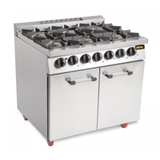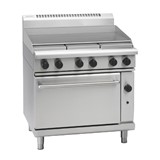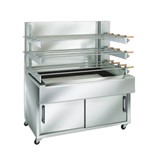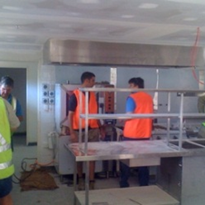It’s important to pay attention to the material your pots and pans are made from. Whether it’s stainless steel, cast iron, aluminium or carbon steel, you’ll want to match the cookware with the food you’re preparing.
Be aware, some foods can ruin certain cookware and vice versa. For example, if you cook lots of acidic sauces or marinades, you’ll want to use a stainless-steel saucepan as it becomes non-porous when heated and won’t discolour the sauce or affect its taste. Using an aluminium saucepan, however, can impact the taste of acidic foods.
There is a lot to weigh up before you settle on the best cookware for your commercial kitchen. Whether you need saucepans or stockpots, here’s how to choose the best products.
Essential Cookware For Commercial Kitchens
Before we look at choosing cookware to suit your menu, let’s do a quick checklist of the cookware items every commercial kitchen should have.
Stockpots
Stockpots can be either stainless steel or aluminium and range from 10L up to 140L.
Saucepots and Casserole
Stainless steel is the preferred material when cooking acidic sauces in casserole and saucepots. Cast Iron casserole pots are also a must for kitchens.
Saucepans
Choose between stainless steel and aluminium varieties of saucepans. Your selection will depend on the food being prepared.
Frypans
Commercial kitchens should stock a variety of frypans including cast iron, aluminium and stainless steel.
Woks
With a cast iron wok, heat is evenly distributed across the surface helping to cook the wok contents to perfection.
Paella Pans
Stainless steel paella pans are excellent options as stainless steel retains heat extremely well. Stainless steel can be used for both acidic and non-acidic foods.
Choosing Cookware to Suit Your Menu
Stainless Steel
Commercial kitchens love stainless steel cookware. It’s long lasting, easy to clean and extremely versatile, meaning it’s perfect for cooking a variety of foods. As mentioned above, acidic foods and sauces are best suited to stainless steel saucepans as stainless steel is non-reactive. Other materials like cast iron and aluminium have reactive surfaces and can make acidic foods taste bitter or metallic and can also turn tomato sauce from bright red to a dull brown.
One of the secrets to cooking with stainless steel is to never skip preheating. When a stainless-steel saucepan is cold, the surface is porous (this is what causes food to stick to the surface), however, when heated the pores close and create a smooth surface.
Cast Iron
Cast iron cookware has a reputation for being tough. Unlike some types of cookware, the heat level in cast iron doesn’t fluctuate, making it ideal for cooking foods at high heat (including in the oven). Juicy steaks and roasts are perfectly suited for cast iron as the surface helps the food develop a deep brown colour. Roast vegetables are also ideal for cast iron cookware and will always come out golden brown.
While nearly anything can be cooked in cast iron, it is better to stay away from acidic foods as it can affect the taste of the food.
Aluminium
As one of the lightest and most durable metals, Aluminium is commonly used for saucepans and pots. In extremely busy restaurants, Aluminium comes in very handy as it heats up and cools down quickly. This makes it the perfect material for boiling water or cooking soups and stocks, but it needs to be watched carefully when preparing other foods.
As aluminium is a porous material, it can sometimes transfer flavour between foods. We’ve already mentioned acidic food and yes, aluminium is not the ideal choice when cooking these types of foods.
Carbon Steel
While it may have similar qualities to cast iron cookware, carbon steel packs a bit more punch in a commercial kitchen. Its versatility is well regarded – from cooking the perfect steaks to preparing more delicate foods that require a non-stick surface.
Carbon steel cookware is also tough and can transfer from stovetop to oven without any harm. It is much lighter than its cast iron counterpart and heats up and cools down quicker than stainless steel.


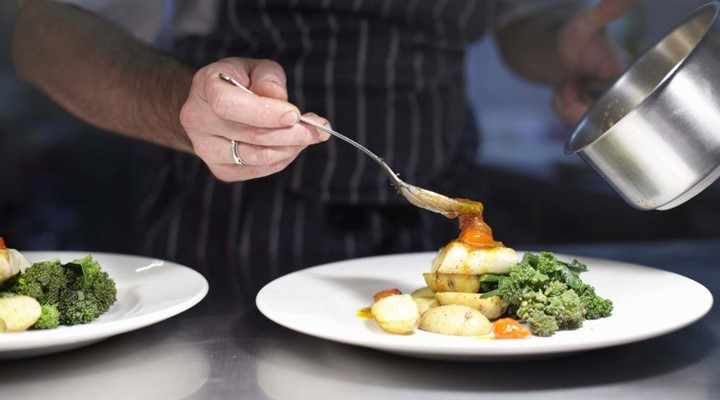

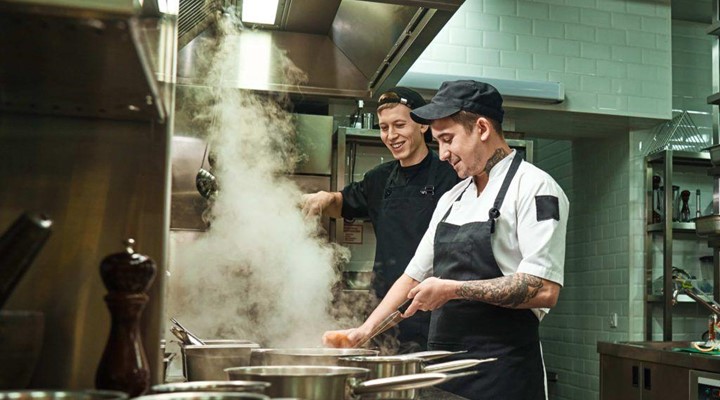
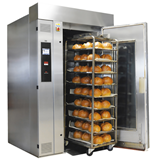
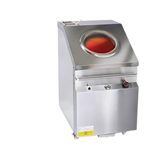







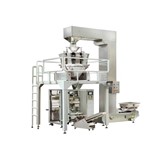
-160x160-state_article-rel-cat.png)
-160x160-state_article-rel-cat.png)




